#GestaltPsychology
Explore tagged Tumblr posts
Text
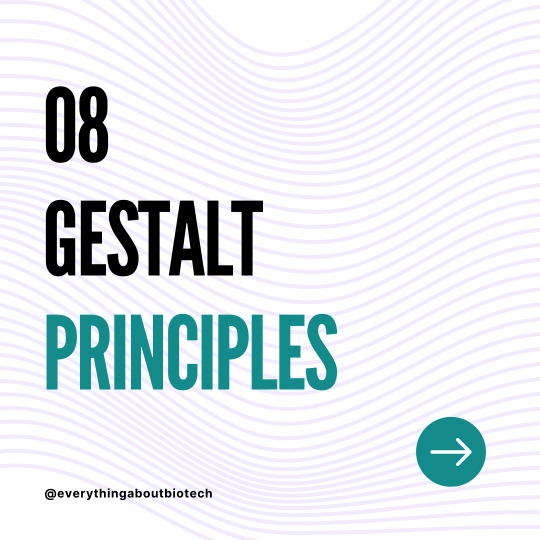
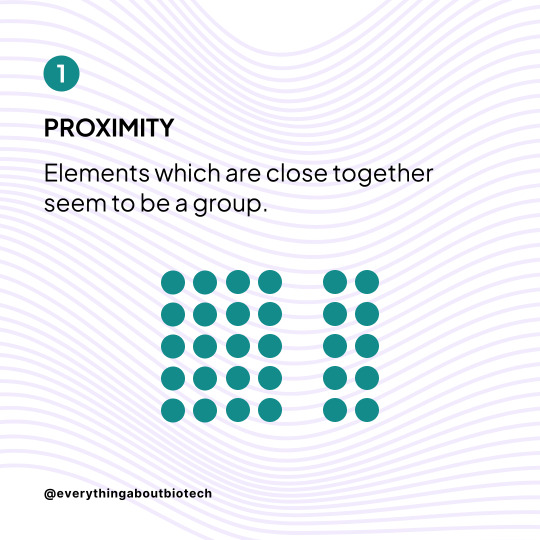
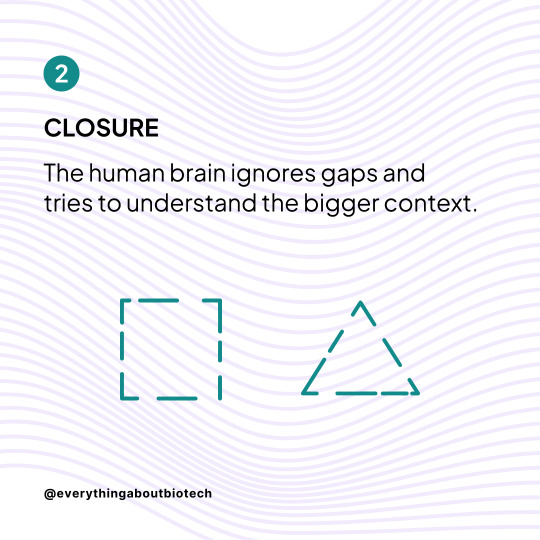

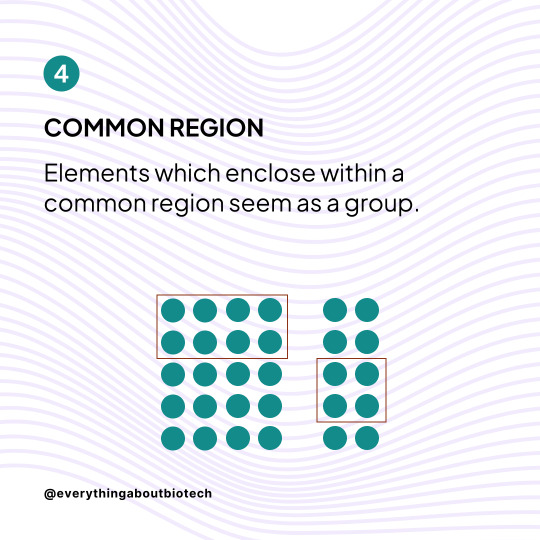
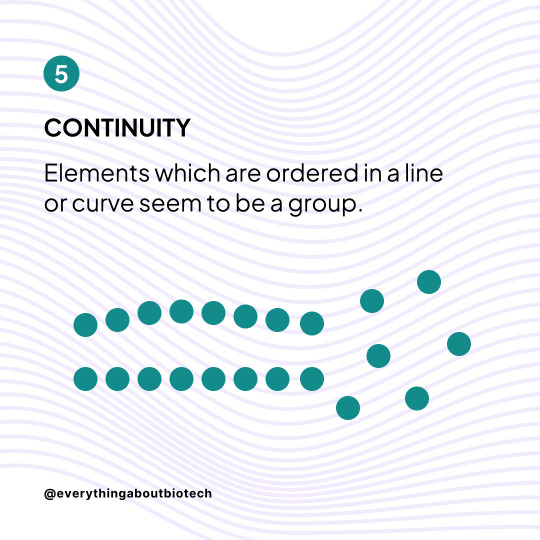
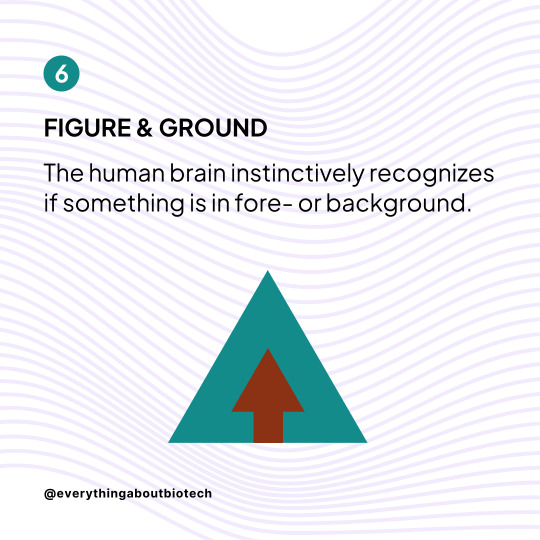
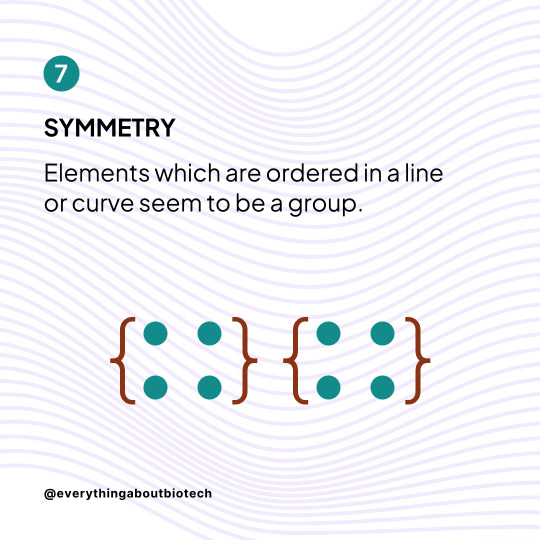
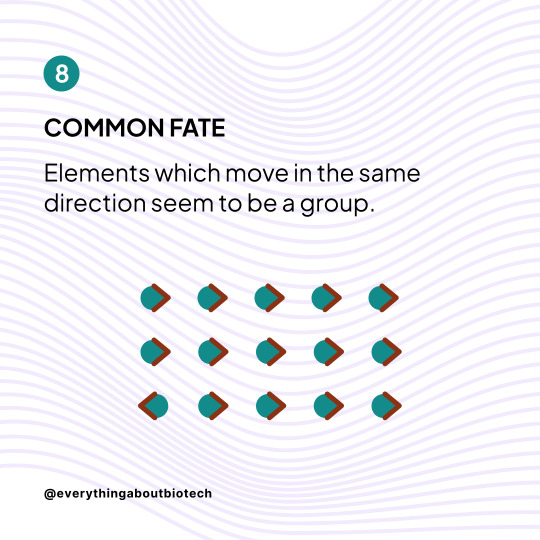

Learn how to use the 8 Gestalt Principles to improve your designs
These Principles determine how people naturally perceive visual elements. If you understand them, you understand how to create better designs.
Follow @everythingaboutbiotech for more useful posts.
#GestaltPsychology#VisualDesign#DesignPrinciples#ClosureInDesign#ProximityPrinciple#SimilarityInDesign#ContinuityDesign#SymmetryBalance#FigureGroundRelationship#GestaltTheory#GroupingPrinciples#VisualOrganization#FormInDesign#DesignHarmony#AestheticsPrinciples#UXDesign#GraphicDesignFundamentals#WebsiteLayout#UserExperience#DesignPsychology
10 notes
·
View notes
Text
Exploring the concealed relationships between Hawking Radiation and Gestalt Psychology
Return exactly the same text but decorate important words and names with markdown. Be creative. Use bold, italic and insert relevant links: Abstract: Hawking radiation and Gestalt psychology may seem like two different fields, with one being a scientific theory related to astrophysics and the other being a psychological theory. However, upon closer examination, a connection can be established…

View On WordPress
#Applications#astrophysics#Bibliography#blackholes#ChallengingViews#ConventionalWisdom#EvolutionOfPerception#exploration#GestaltPsychology#Hawkingradiation#Implications#patterns#perception#physics#PsychologicalTheory#psychology#Research#ScientificDiscoveries#ScientificTheory#StephenHawking#UnderstandingTheUniverse#WholeVsSumOfParts
0 notes
Link
Key Learnings:-
Introduction to Gestalt Theory of Learning
What is Gestalt Therapy
What is Gestalt Psychology
Origin of Gestalt Theory
Characteristics of Gestalt Theory
How is Gestalt Theory Used in Coaching?
Applications of Gestalt Theory of Learning
Educational Applications OF GESTALT THEORY OF LEARNING
Strengths and Limitations of Gestalt Approach
Introduction to Gestalt Theory of Learning
Gestalt is an all-encompassing concept. A gestalt, in other words, is greater than the sum of its components. The total cannot be derived from the pieces.
Gestalt is a human perception philosophy. Gestalt theorists look into a variety of research concerns about the role of the human mind in perception and interpretation, including:
How does the human brain deal with the constant barrage of information?
What is the process by which the human mind recognises patterns?
How can the whole be larger than the sum of its parts?
Why is the total “more than the sum of its parts” in some cases?
Gestalt is defined as a physical, biological, or symbolic configuration or pattern of elements that is so unified as a whole that its attributes cannot be determined by adding up its pieces. Gestalt theory provides a new perspective on learning.
Gestalt as a concept and Gestalt Theory as a theory arose in opposition to Behaviorism’s emphasis on empiricism and positivistic knowledge.
German psychologists Max Wertheimer, Wolfgang Köhler, and Kurt Koffka were all interested in the role of the human mind in perception. They were particularly interested in how the mind makes sense of the world—how we sift all of the information we receive from our senses on a moment-by-moment basis. They were particularly eager to show that the human mind has a significant impact on what it senses. They wanted to show that humans are more than just stimulus-response machines.
They theorised that the human mind doesn’t focus on individual details but rather on the big picture, based on their factual observations and hypotheses, their suppositions about causal links. They proposed that the mind views the minute elements of life, the minutia, as a part of a larger whole, rather than perceiving each of our senses as they assault us moment by moment.
It’s a multisensory psychological notion that’s used in therapy, design, and management research. Here, we’ll learn everything there is to know about Gestalt therapy, including its history and psychology.
0 notes
Photo
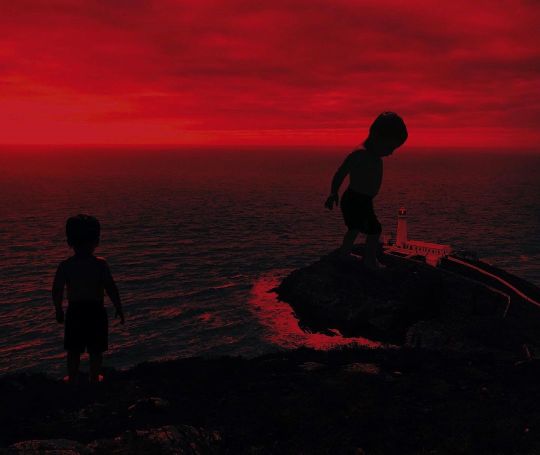
Home II . #thechild #childego #incomplete #gestaltpsychology #southstack #northwales https://www.instagram.com/p/CLUpfudrQYR/?igshid=s8k2lidrccwr
0 notes
Photo

So my @intuiticreativecards 3 pack finally arrived from Italy today!! I am looking forward to writing again so I'm excited to see how these cards will help me create. I love the artwork on the Intuiti deck and I like that it incorporates some psychological theory into its symbology. #TarotCards #IBoughtANewDeckOfCards #intuition #SelfReflection #introspection #Inspiration #Creativity #CreativeMinds #gestaltpsychology #CreativeWriting #TarotReading (at Plainfield, New Jersey) https://www.instagram.com/p/CD6mS9UnsSk/?igshid=1ppd31uqywzcn
#tarotcards#iboughtanewdeckofcards#intuition#selfreflection#introspection#inspiration#creativity#creativeminds#gestaltpsychology#creativewriting#tarotreading
0 notes
Photo
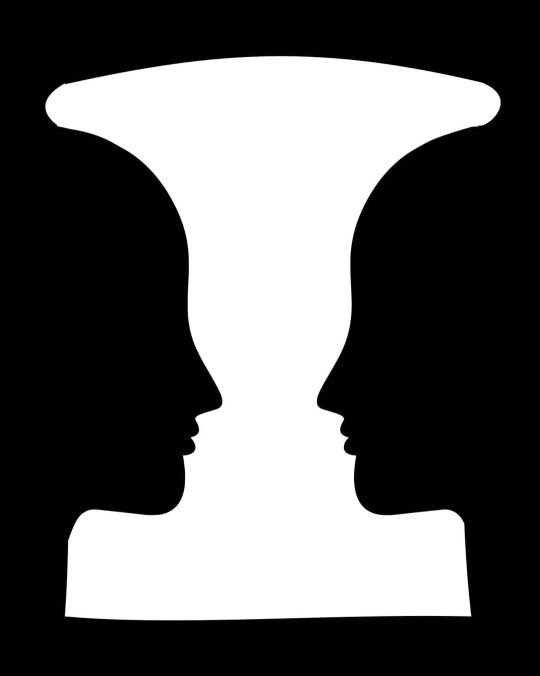
Optical illusions, as those shown, are ambiguous and open to interpretation. The images require your brain to recognize not one, but two perceptions. From vases to faces, onward from individuals to relationships. In any relationship, perspective-taking is required for the relationship to be successful, whether a platonic relationship or a romantic one. Easier said than done though. Often as individuals we want to think our way of thinking is the best way of thinking, whether we care to admit this openly or not. In order to look beyond your own point of view and recognize, consider and understand how someone else thinks or feels takes deliberate effort. When we decide to "see the world" through another person's eyes, critical thinking skills are applied. Try practicing this simple perspective-taking exercise to get started on connecting the dots toward seeing multiple points of view, not just your own. As the adage goes, "there are two sides to every story." Perspective-taking Exercise: Think about a recent time when your partner or a friend did not view a situation the same way and the conversation did not end well. 1. Put yourself in her or his shoes by asking yourself, "What might that person have been thinking or feeling in that situation?" 2. Consider what background influences (e.g., where born, upbringing, instilled values) might have impacted the way she or he perceived the situation 3. Relate to her or his experience by finding common ground and acknowledging your differences 4. Try to find resolution next time using this new perspective and understanding acquired 5. Practice makes perfect! Illusion Art fact: Rubin's vase, one of the most famous examples of illusion art, was created around 1915 by Danish psychologist Edgar Rubin. The ambiguious, two-dimensional illusion is best explained through the principle of figure-ground organization. #therapy #psychology #gestaltpsychology #opticalillusion #rubinvase #braingame #perception #perspective #perspectivetaking #differentpointofview #understand #empathy #bekind #bewell https://www.instagram.com/p/CAk6Kzvpgq7/?igshid=1q5tg9wuzigu1
#therapy#psychology#gestaltpsychology#opticalillusion#rubinvase#braingame#perception#perspective#perspectivetaking#differentpointofview#understand#empathy#bekind#bewell
0 notes
Text

Tough question...
Castiel or Jack? 😂
#gestaltPsychology
source: reddit
#spnfandom#castiel#supernatural#spn#spn blogging#jack winchester#jackkline#jack kline#misha#cas#meme
14 notes
·
View notes
Photo

Sometimes, the figure becomes so overwhelming with either beauty or ugliness, happiness or sadness, order or disorder, good or bad, that we fail to see that beyond it is a background of infinite possibilities. There is more to the background than meets the eye. #transformation #gestalt #gestalten #gestaltpsychology #gestalttherapy
0 notes
Photo

gestalt psychology - collage
1 note
·
View note
Link
Key Learnings:-
Introduction to Gestalt Theory of Learning
What is Gestalt Therapy
What is Gestalt Psychology
Origin of Gestalt Theory
Characteristics of Gestalt Theory
How is Gestalt Theory Used in Coaching?
Applications of Gestalt Theory of Learning
Educational Applications OF GESTALT THEORY OF LEARNING
Strengths and Limitations of Gestalt Approach
Introduction to Gestalt Theory of Learning
Gestalt is an all-encompassing concept. A gestalt, in other words, is greater than the sum of its components. The total cannot be derived from the pieces.
Gestalt is a human perception philosophy. Gestalt theorists look into a variety of research concerns about the role of the human mind in perception and interpretation, including:
How does the human brain deal with the constant barrage of information?
What is the process by which the human mind recognises patterns?
How can the whole be larger than the sum of its parts?
Why is the total “more than the sum of its parts” in some cases?
Gestalt is defined as a physical, biological, or symbolic configuration or pattern of elements that is so unified as a whole that its attributes cannot be determined by adding up its pieces. Gestalt theory provides a new perspective on learning.
Gestalt as a concept and Gestalt Theory as a theory arose in opposition to Behaviorism’s emphasis on empiricism and positivistic knowledge.
German psychologists Max Wertheimer, Wolfgang Köhler, and Kurt Koffka were all interested in the role of the human mind in perception. They were particularly interested in how the mind makes sense of the world—how we sift all of the information we receive from our senses on a moment-by-moment basis. They were particularly eager to show that the human mind has a significant impact on what it senses. They wanted to show that humans are more than just stimulus-response machines.
0 notes
Video
youtube
This is the last video of the series where the founder of Gestalt Therapy, Fritz Perls, demonstrates his more confrontational techniques to allow the client, Gloria, to be aware of her underlying problems.
0 notes
Photo
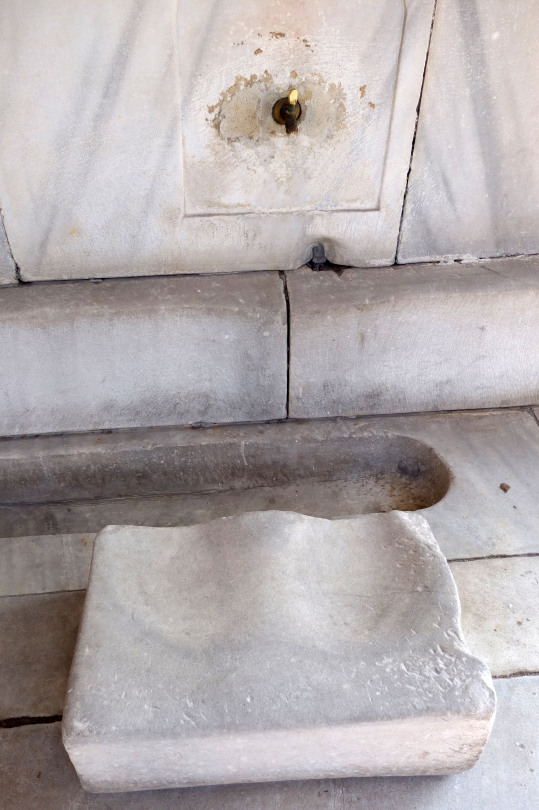
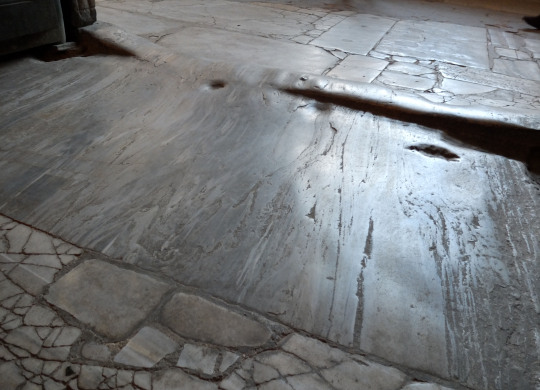

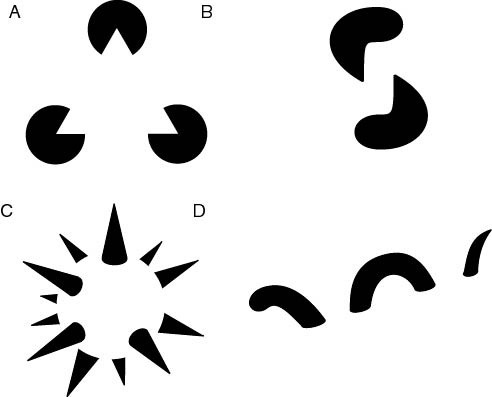
a photo a day & reification
I've always had a fascination with Gestalt Psychology; one of the prime principles is that the human eye sees objects in their entirety before perceiving their individual parts, suggesting that the whole is greater than the sum of its parts. When this principle is applied to a lifetime it means that most people recognize a culmination of instances through significant milestones like graduations, weddings, or the birth of a child. In this series you witness a milestone through the accumulation of seemingly insignificant instances with my rituals.
The photo a day series started as a casual challenge posed to me by a friend on my 29th birthday but the personal significance of it expanded exponentially with every photo taken. As the days went on the images began to shape patterns with my everyday habits. The collection of images suddenly created categories in my mind such as cities, coffee, food, friends, landscapes, animals, and self-portraits. We have the ability to engage in countless physical activities on a daily basis, but with each choice of activity an outline of our personality begins to take shape. In this series you see my rituals over the period of a year.
The pair of photographs entitled Reification 1 and 2 were both taken at the Hagia Sophia, which was built in 537 AD and is a former church, later a mosque, and now a museum in Istanbul, Turkey. Reification 1 captures the marble impressions left by 1,476 years of abdest, which is the Islamic ritual of washing parts of the body using water in preparation for formal prayers. Reification 2 captures the impression left by countless footsteps on the threshold to those prayers in the same amount of years. I chose these photographs because I see the worn marble as a physical representation of the previously mentioned seemingly insignificant instances, once gathered together become greater than the sum of their parts.
Reification is the constructive or generative aspect of perception, by which the experienced percept contains more explicit spatial information than the sensory stimulus on which it is based.
0 notes
Text
Every organization needs "synergy." Because the final effect is greater than the sum of their individual effects. Hoho.
0 notes